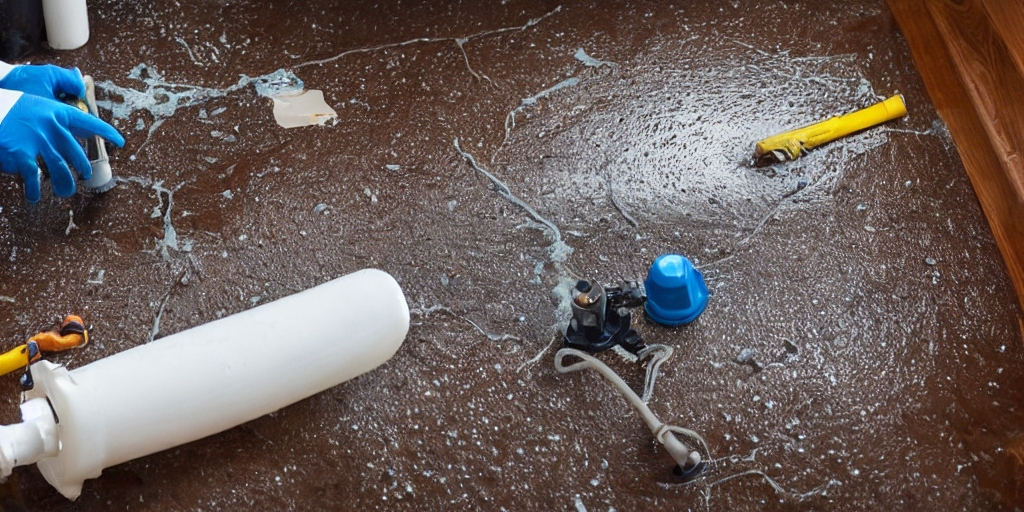Introduction
Water damage can wreak havoc on homes and businesses, causing significant structural and financial losses. Water damage restoration repair is crucial to restoring properties to their pre-damaged state and preventing further deterioration. In this comprehensive guide, we will delve into the meaning of water damage restoration repair, discuss the differences between remediation and restoration, explore the possibility of fixing water damage in-house, and provide effective solutions for addressing old water damage.
What is Water Damage Restoration Repair?
Water damage restoration repair involves the process of mitigating, repairing, and restoring properties affected by water intrusion or flooding. Whether it’s a burst pipe, a leaking roof, or a natural disaster, water damage can lead to mold growth, structural weakness, and other costly issues if not addressed promptly and properly.
Also Read: Water Damage Restoration and Repair: Understanding the Process and Costs
Difference Between Remediation and Restoration:
While the terms “remediation” and “restoration” are often used interchangeably, they entail distinct processes. Remediation focuses on stopping the source of water damage and preventing further destruction. On the other hand, restoration involves repairing the damage caused by water and restoring the affected area to its pre-damaged condition. Water damage restoration repair encompasses both remediation and restoration efforts to ensure comprehensive recovery.
Can Water Damage Be Fixed In-House?
In some cases, minor water damage may be addressed in-house, especially if it’s promptly detected and limited in scope. However, significant water damage typically requires professional intervention to ensure thorough mitigation and restoration. Attempting to handle extensive water damage without the necessary expertise and equipment can exacerbate the situation and lead to additional complications and expenses.
Effective Solutions for Old Water Damage

Addressing old water damage requires a systematic approach to assess the extent of the damage and implement appropriate remediation and restoration strategies. Here are some effective solutions for dealing with old water damage:
- Inspection and Assessment: Begin by conducting a thorough inspection of the affected area to identify hidden moisture, mold growth, structural weaknesses, and other signs of damage.
- Water Extraction: Use specialized equipment such as pumps, vacuums, and dehumidifiers to remove standing water and excess moisture from the premises.
- Structural Drying: Implement drying techniques to eliminate moisture from building materials such as walls, floors, and ceilings. Proper ventilation and dehumidification are essential to expedite the drying process.
- Mold Remediation: If mold is present, take prompt action to remove and remediate it to prevent health hazards and further damage. Professional mold remediation services may be necessary for extensive mold infestations.
- Repairs and Restoration: Repair and replace damaged building materials, including drywall, insulation, flooring, and structural components. Restore the affected area to its pre-damaged condition while ensuring structural integrity and safety.
Also Read: The Complete Guide to Water Leak Remediation: Steps, Costs, and Restoration
Conclusion
Water damage restoration repair is a complex and crucial process that requires expertise, experience, and specialized equipment. By understanding the meaning of water damage restoration repair, recognizing the differences between remediation and restoration, and implementing effective solutions for addressing old water damage, property owners can mitigate losses and restore their properties efficiently. Whether it’s residential or commercial water damage, seeking professional assistance from reputable water damage restoration repair companies is essential for ensuring thorough and successful recovery.










